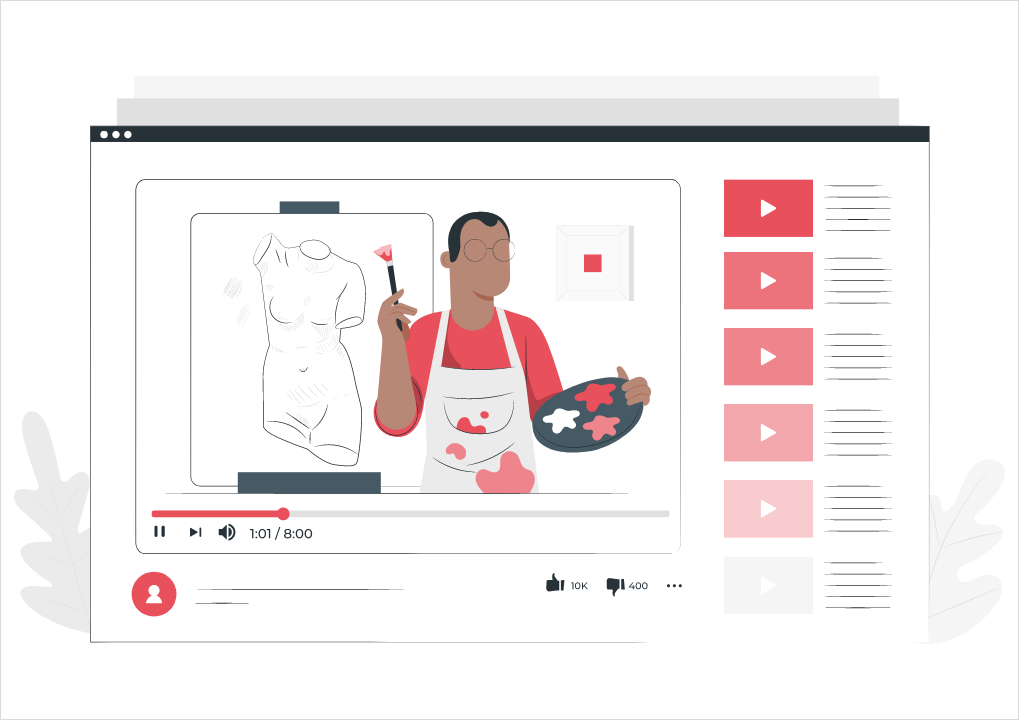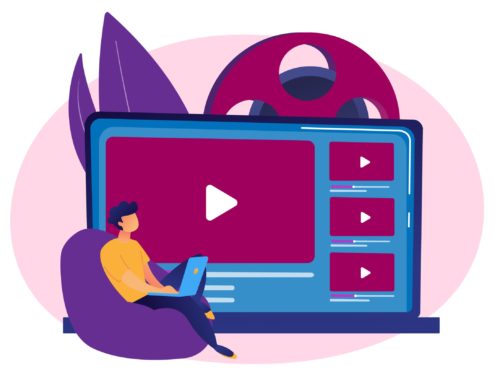I’m the kind of person who works out with YouTube videos of fitness bloggers that encourage me to keep going and don’t quit, so I can begin to explain how angry I get when an annoying Ad appears in the middle of my sit-ups routine. Worst part? When I’m not allowed to skip it and I have to either lose my rhythm while waiting, or keep doing sit-ups without my virtual coach while I learn about why I should buy this app that I don’t care about, and would never buy just because they interrupted my routine.
So just like that, not even being aware of what their app was about or if it could be useful to me, they lost a client for being annoying advertisers who just couldn’t help themselves to interrupt my happy workout time. And maybe this wouldn’t have been a problem if they had let me skip it, or if it was a 5 seconds Ad, but it was a forever-long Ad that simply had me turn into Anger from Inside-Out. So what brings us here today is figuring out what the best video Ad will be considering your brand and what you are advertising.
According to Google Ads, there are 5 types of video Ad formats: Skippable In-Stream Ads, Non-Skippable In-Stream Ads, Video Discovery Ads, Bumper Ads, Outstream Ads, and Masthead Ads. And today we’ll be reviewing all of them in a “Video Ads for Dummies” way, and letting you in on the secrets of which one should be used in every particular case. Because we are that nice, and we want to prevent users from receiving forever-long unnecessary Ads that will get your brand permanently banned from them. So let’s dive in, shall we?
Skippable in-stream Ads
Skippable in-stream Ads are video Ads that play before, after, or during other videos either on YouTube or any other website and apps running Google As (so we can say every website with Ads nowadays), and they can be skipped after 5 seconds. These buddies will help you promote your content for 5 straight seconds before users have the chance to wave them goodbye. I’m a big fan of these because it challenges brands on creating Ads with 5 seconds that are so attractive you don’t skip them, or, if they don’t reach the goal, you can just put them aside, and continue watching your video. These are great for positioning your brand, gaining web traffic, increasing sales and leads, and reaching a broader audience. They are pretty much adaptable to anyone that’s willing to figure out how to get users to stay after 5 seconds. Way to go skippable in-stream Ads!
Non-skippable in-stream Ads
And now please welcome the top #1 enemy: Ads that appear before, after, or during any YouTube or websites/apps’ videos that run Google Ads, just as my very own YouTube work-outs. They last 15 seconds at the most (that seems to take your whole life), and in case the name didn’t spoil it for you, they can’t be skipped. You have to stay there and learn about it. The only good use for these is to spread awareness about your brand and reach larger audiences because they have no choice but to be aware. So unless you are running a campaign about something that’s essential that people are aware of (meaning health things at the most), stay away from these guys who’ll get you banned from user’s lists of happy brands. This is for sure my plea to you: Do not launch video Ads that can’t be skipped, or do you enjoy getting them?
Video Discovery Ads
Just like Google Web Stories, Video Discovery Ads will be used to promote your content in places of Discovery (for example, next to related YouTube videos, in YouTube’s search results, or in YouTube’s mobile homepage). They will appear as a thumbnail image from your video that will have some text, and people will have to click on it in order to watch it. Once they click, the video will be played in the channel of the website hosting it. This type of Ads will not annoy users to death, but also won’t be crazy useful because people have to actually click on it to see what they are about, and that’s not what people tend to do. However, they are a good move for product and brand consideration and positioning.
Bumper Ads
Bumper Ads are meant to spread a short, memorable and incisive message to the users (so maybe consider hiring an advertising expert?). They last 6 seconds at most, can’t be skipped (which is not so terrible if they are this short, but still kind of makes me mad), and appear before, after, or during any video from YouTube or other websites/apps that run Google Ads. They are ideal for positioning your brand and spreading awareness about it if you cleverly use them. Remember 6 seconds top, so you have to make the most of them.
Outstream Ads
Outstream Ads are mobile-only video Ads that will only appear in websites or apps running Google Ads, they can’t be placed in YouTube videos. In mobile apps, Outstream Ads appear in banners, interstitials, in-feed, native, as well as in both portrait and fullscreen modes, and they will always start to play in mute, users have to click to un-mute them. Outstream Ads are a good alternative if you are on a rather small budget because they cost much less and can help you position and spread awareness about your brand.
Masthead Ads
Masthead ads are meant to reach massive audiences in a short period of time, and you even have to make a reservation to use them. In their desktop version, they play for 30 seconds with sound at the top of YouTube’s homepage, they can be muted, and they are directly linked to your channel, so if anyone clicks on them, they will be redirected there. In their mobile version, they also play at the top of YouTube’s homepage, but they do it muted, and it features a video thumbnail, customizable headline, description texts as well as an external call-to-action (CTA). In TV Screens (Yes, it includes TV Screens, they are the cool kids the rest of the Ads wish they were), they play without sound at the top of the YouTube app for TV, people can interact with them through their remote controls, and you can’t add a CTA. This is great for pretty much anything, but especially if you have something huge coming up, and you want everyone on the Internet to know it.
So, I believe pretty much all of these (except for you-know-who) have great advantages and can help you make huge improvements to your advertising game, and to your brand in general. Hopefully, these guidelines have clarified for you the differences among them, and which one will be the best fit for you. So now, you can go ahead and figure out on your own which one will be, and where you will place your Video Ad. And, not to be annoying, but please don’t choose the not skippable ones, do it for my virtual workout coach.





